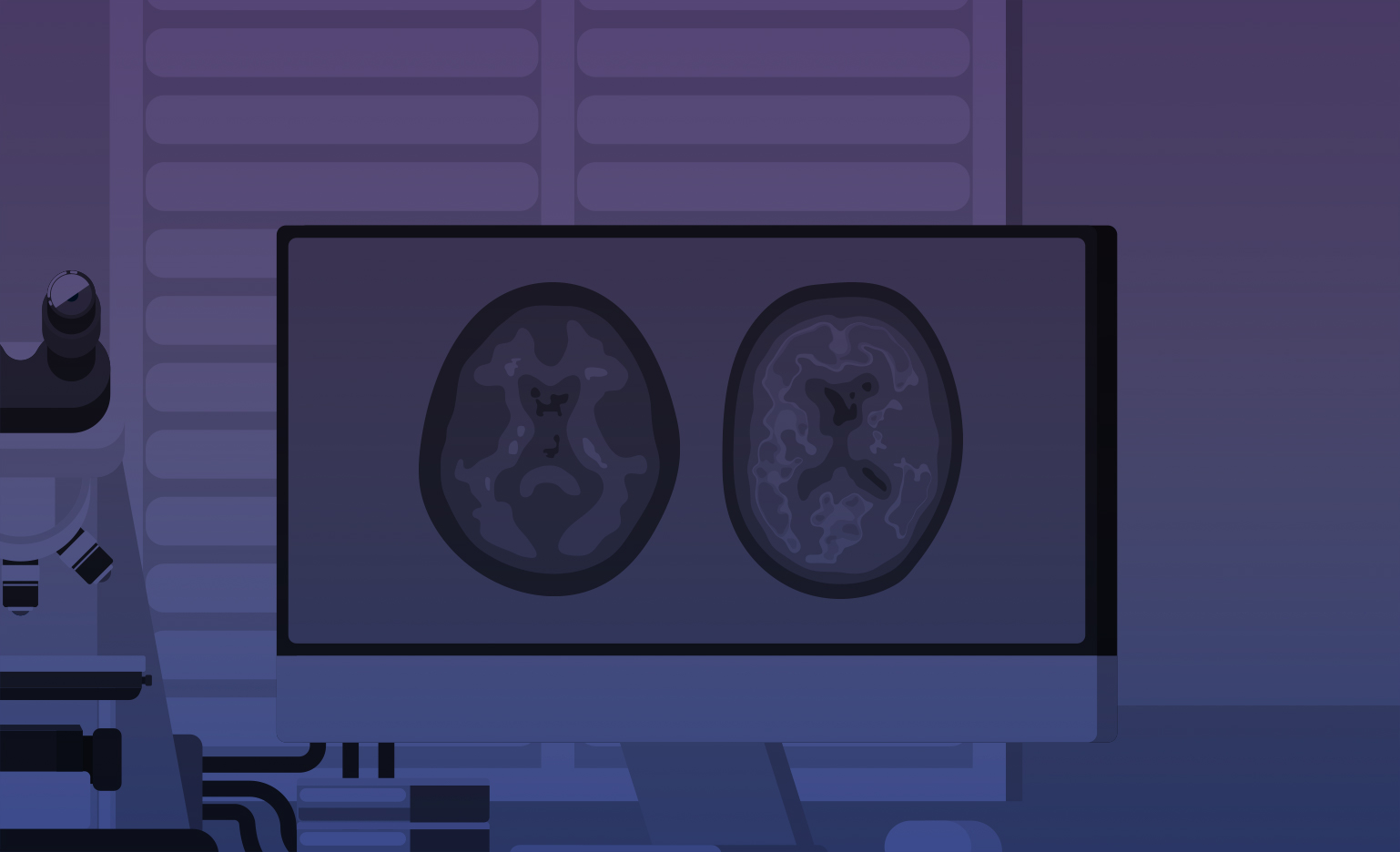The J. David Gladstone Institutes
The J. David Gladstone Institutes
Development of Allosteric Activators of Cathepsin B to Treat Alzheimer's Disease
Alzheimer's disease (AD) is a progressive neurodegenerative disorder that causes cognitive dysfunction, memory loss, and eventually death. More than 5 million Americans already have AD, and the cost of their care amounts to $170 billion annually. Available treatments are palliative and do not block disease progression. Accumulation of Aâ peptides, especially Aâ42, has a central role in the pathogenesis of AD. Efforts to develop effective AD treatments have focused on approaches to attenuate the functions of Aâ42 either by preventing its expression or facilitating its removal from the brain. We discovered that the protease cathepsin B (CatB), which is expressed in all cells of the body, degrades Aâ42 into innocuous peptides. We hypothesize drugs which increase CatB activity in brain could prevent neurodegeneration by lowering Aâ42 levels. We also showed that CatB is endogenously inhibited by a protein, cystatin C (CysC), and that compounds which block its interaction with CatB increase CatB activity. We established assays to measure the inhibition of CatB by CysC. We propose to use these assays in a high-throughput format to screen small-molecule libraries to identify allosteric activators of CatB. These activators could be tested in future studies for efficacy in animal models of AD and then further developed in preclinical studies with the goal of developing these unique molecules as a new generation of drugs to treat AD.

